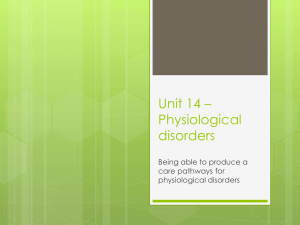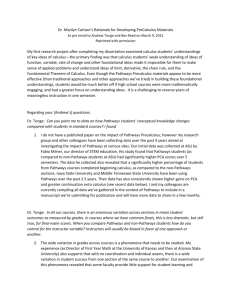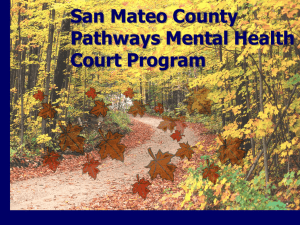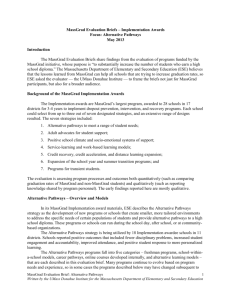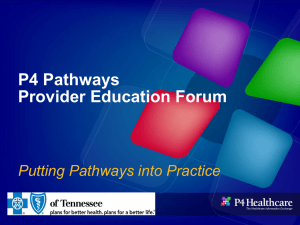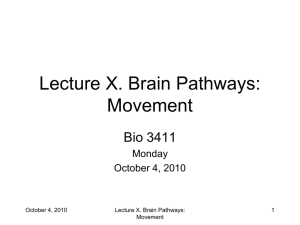Brent Ingram, Hagley Community College
advertisement
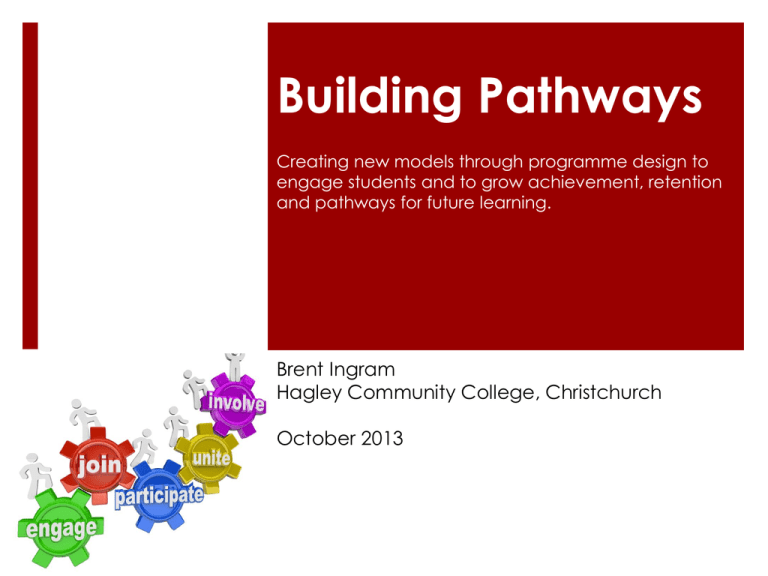
Building Pathways Creating new models through programme design to engage students and to grow achievement, retention and pathways for future learning. Brent Ingram Hagley Community College, Christchurch October 2013 Hagley Students Students are characterised by: Diversity of age and culture Diversity of learning need Short-term study duration Mobile population structure Significant essential learning skill deficits. About 1000 new enrolments each year. 85%+ are post compulsory age students. Most students come with previous poor education experiences and history. Over 1/3rd of all student enrolments have no qualifications. Research shows that schools are challenged by students who are . . . From low SES status (60%) From NESB backgrounds (33%) From recent migrant groups (18.5%) First-in-family / first generation (65%) Lack academic preparation (80%) Second chance learners (90%) Older age groups (56%) Part-time students (45.5%) Learning disability / Mentally unwell (30+%) Hagley – A Regional Hub We are the ‘glue’ between all clusters for disengaging / disengaged students at postcompulsory secondary education. We re-engage students, capture them back into learning, and bridge them to higher learning. We provide a high return on investment in the secondary sector in Canterbury for the Government. We are strongly aligned to the Youth Guarantee goals of achievement, retention and transitions. Creating New Models Schools can enhance and grow learning opportunities for students through different educational delivery models to achieve deep and sustained student engagement and achievement Learning Opportunities Choice: Large, diverse choice of subjects Philosophy - electronics , psychology - trade science Packaged Programmes: Pre-Nursing Studies, Leadership Laboratory Full-focus courses: Jewellery Design: Early Childhood Schools within Schools Initiative: Theatre Company, School of Fashion, School of Cuisine, Tertiary Trades Academy, School of Music, School of Dance • Clustering Communities Refugee HW Centres, School of Young Writers & Writers Institute, Industry Partnerships, Catch-Up College Transitions Example Catch-Up College In 2013 the college had 105 students from Canterbury and beyond that came for the ‘Catch-Up’ programme. These students failed to gain entry into university. 96% of these students were successful by completing their qualifications and gained entry into their university in the same year. All of these students had left secondary school and would not have gone to university. This is a very good outcome for the BPS target leading to Level 4+ qualifications. Pathways Example School of Fashion Full-time immersion into fashion and design. Level 3 National Qualifications with strong staircasing and pathways. Most students enter with low or no qualifications. Mixture of adolescent and adult students with ethnic diversity. (NZE, Maori, Pasifika, Asian). Retention is at 94%. The achievement rate is also 94% NCEA L2+ with most students gaining NCEA L3. This is a very good outcome for both BPS targets. Using A Framework The use of key criteria based on action research and real practice to guide the development of a learning pathway –’ programme design for engaging schools’ Where do we start? Develop a concept around a students passion or interest and one that is grounded in their world or develop an area that has the potential to fire their imagination. Eg Music, Health, Life Sciences. Be prepared to immerse the student(s) into this as a programme of full-time study (20+ hrs). Apply the design principles for ‘engaging schools’ Align assessments and qualifications across the design principles. Create next steps pathways for on-going learning. www.innovationunit.org Learning Futures Booklets Leaders Handbook Design Principles for Engaging Schools Design Principles These design principles are essential components to help design an effective programme or to evaluate an existing programme. The design principles cover four key areas: Pedagogy and assessment design principles Curriculum design principles Teachers and students design principles Parents and community design principles What are the design principles for . . . 1. Pedagogy & Assessment? Commitment to rigorous project based learning. Rebalance student enquiry and transmission teaching. Maximise time for deep learning by simplifying the timetable. Use authentic real world assessment. What are the design principles for . . . 2. Curriculum? Integrate curriculum subjects within student projects. Have a curriculum which integrates head and hand – knowing and doing. What are the design principles for . . . 3. Teachers and Students? Teachers plan, design and teach in teams. Teachers really know their students as individuals, and students feel known as learners. Students feel a sense of ownership and take responsibility for their learning. What are the design principles for . . . 4. Parents & Community? Persuade local organisations to provide authentic locations and opportunities for learning.. Actively involve parents and volunteers as tutors, experts, mentors and coaches.. Work in partnership with parents and respect them as the primary educators of their children. Our Next Steps The transition Hagley is making to provide a comprehensive number of F/T immersion learning pathway programmes. Priorities to Action Schools within schools eg School of Music, School of Fashion. Evaluation against the design principles for engaging schools. Vocational Pathways eg CTC and HCC Vocational Pathways Mentor Strategies to Literacy and Numeracy The development of learning pathways Evidence based model in teaching and learning F/T Pathway Programmes: Achievement, Retention, Transitions Discussion at department level on what might be possible. Discussion at individual or small group level. No set model but possibly a variety of models. (Vocational Pathways MOE and Engaged Schools Design Principles are great starting points) Initial focus on NQF Level 2. The target for implementation is 2015 but might be possible to introduce one or two examples for 2014. The Personal Story Students at the heart of learning and learning at the heart of students. Transformational stories. The personal face of a ‘school within a school’ What is the impact? Otago Polytechnic (Degree Course) Creating Options: CPIT & Te Wānanga o Aotearoa Christchurch Press, October 16, 2013 I owe my success to Hagley
